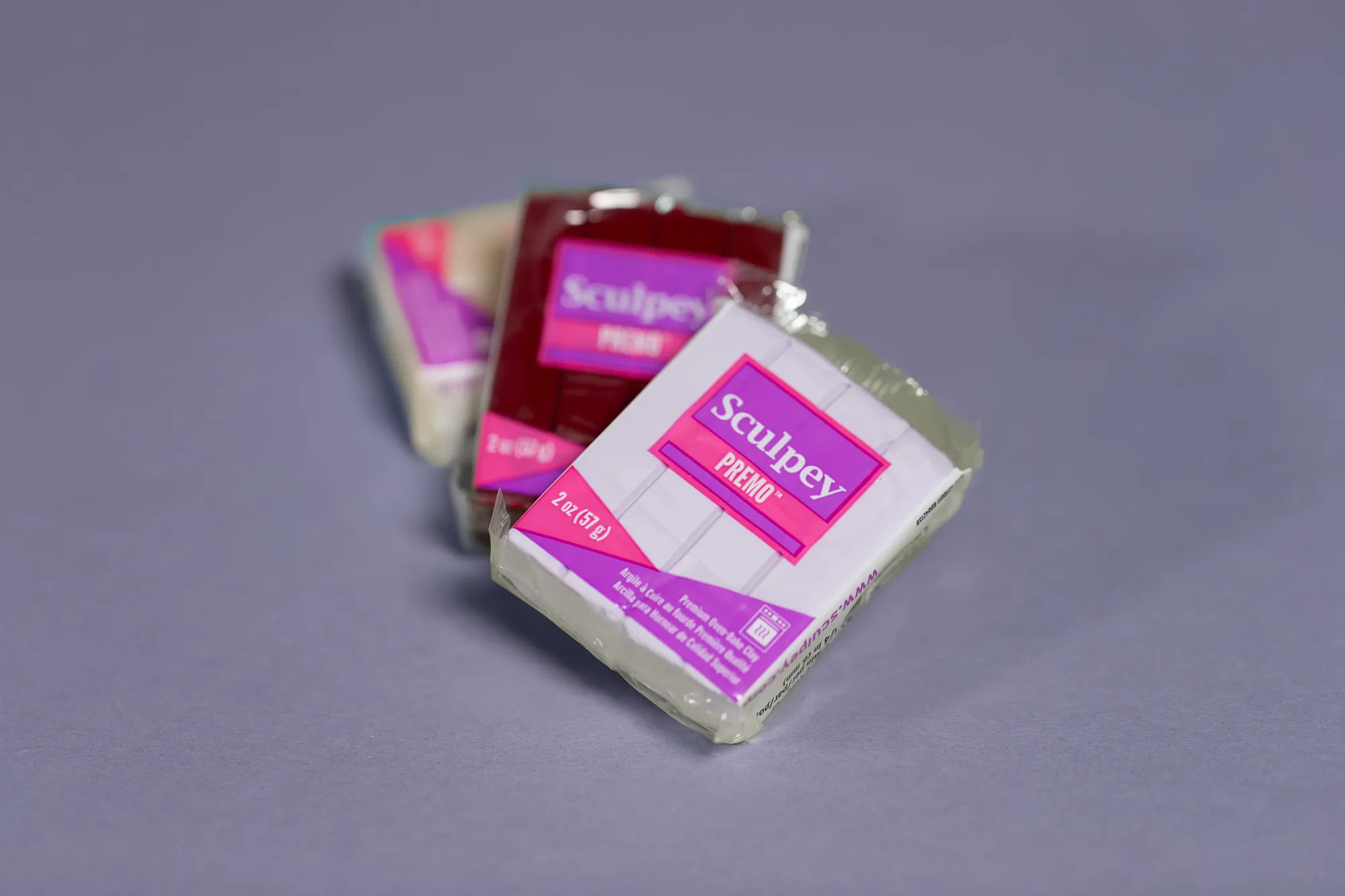Let’s talk about polymer clay baking! First of all, always follow instructions on the packaging. Polymer clay can burn if the temperature is too high. This will appear as darkened and blackened area at the thinnest parts. At this point, polymer clay starts to emit toxic gases, so it’s advisable to not exceed the recommended temperature. By the way, be sure to note the baking temperature and time in case you want to discard packaging. It’s a good idea to keep a new block of each polymer clay type for reference. For example, Premo regular colors and Translucent bake at different temperatures.

From my experience, polymer clay can be baked for longer than the package suggests. However, thinner parts might darken more, especially light colors.
Here’s a most useful tip about polymer clay backing, it can be baked multiple times! For example, sculpt a part, bake, then add a new part, and bake again. I use this technique often, as it’s incredibly easy to squish polymer clay in the process of adding details. In order to help polymer clay attach to the baked part, I usually use a little bit of liquid polymer clay. I use Liquid Sculpey brand, but I’m sure there are others.
There you have it! That’s my basic polymer clay baking routine.
If this tip helped you, please consider giving one in return!

Leave a Reply